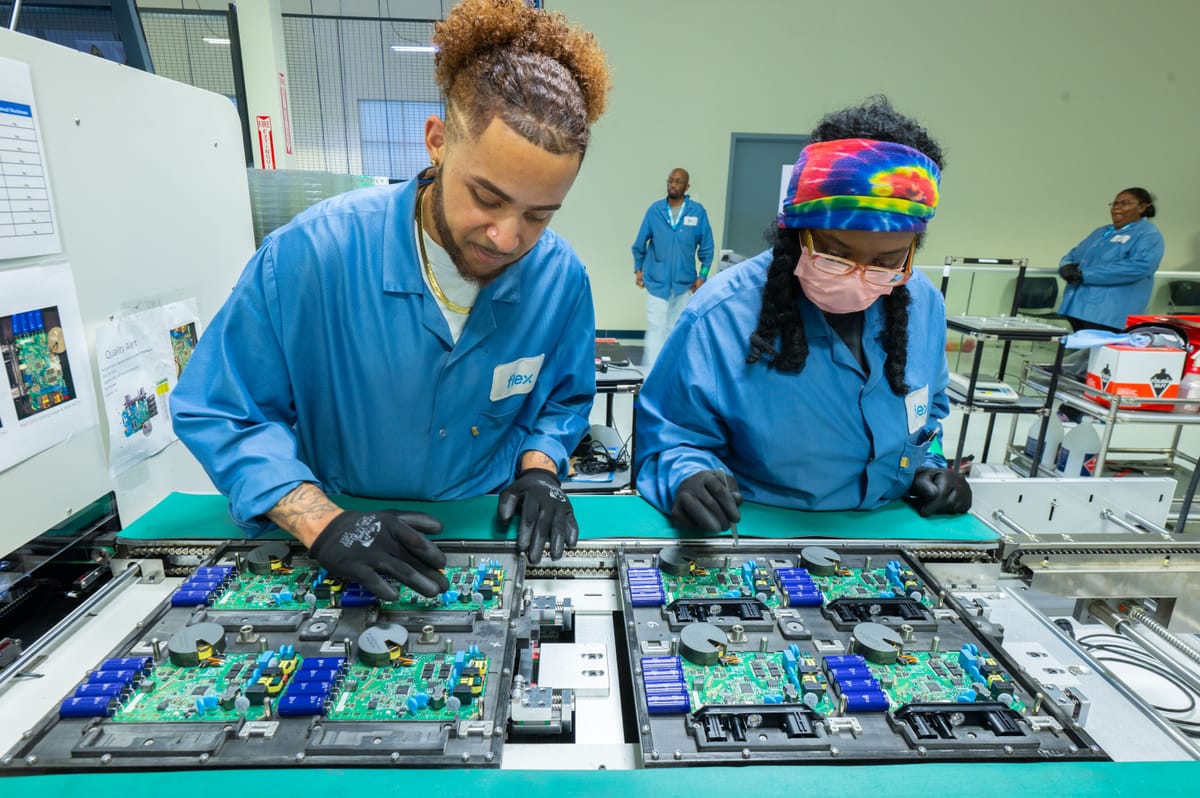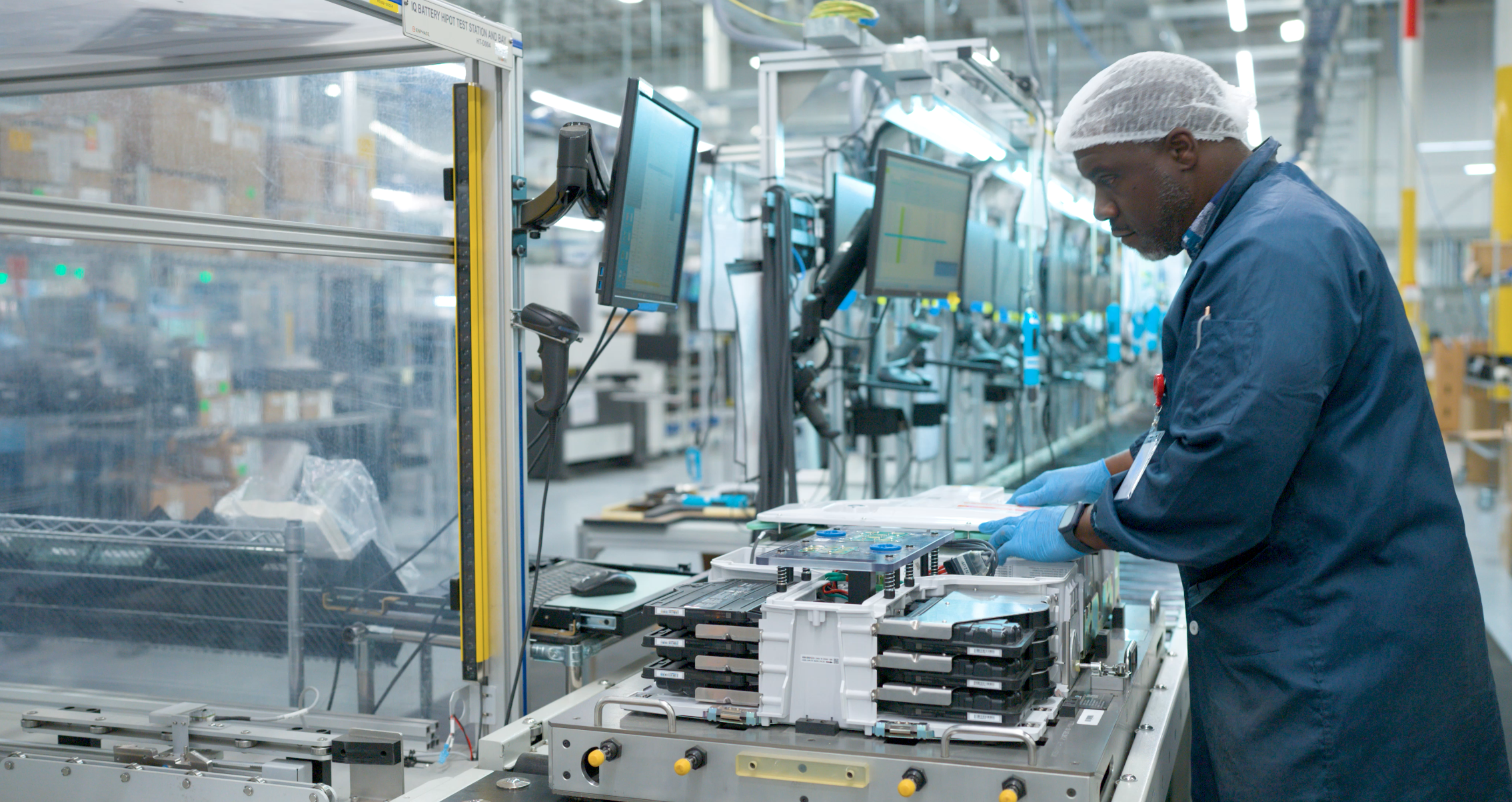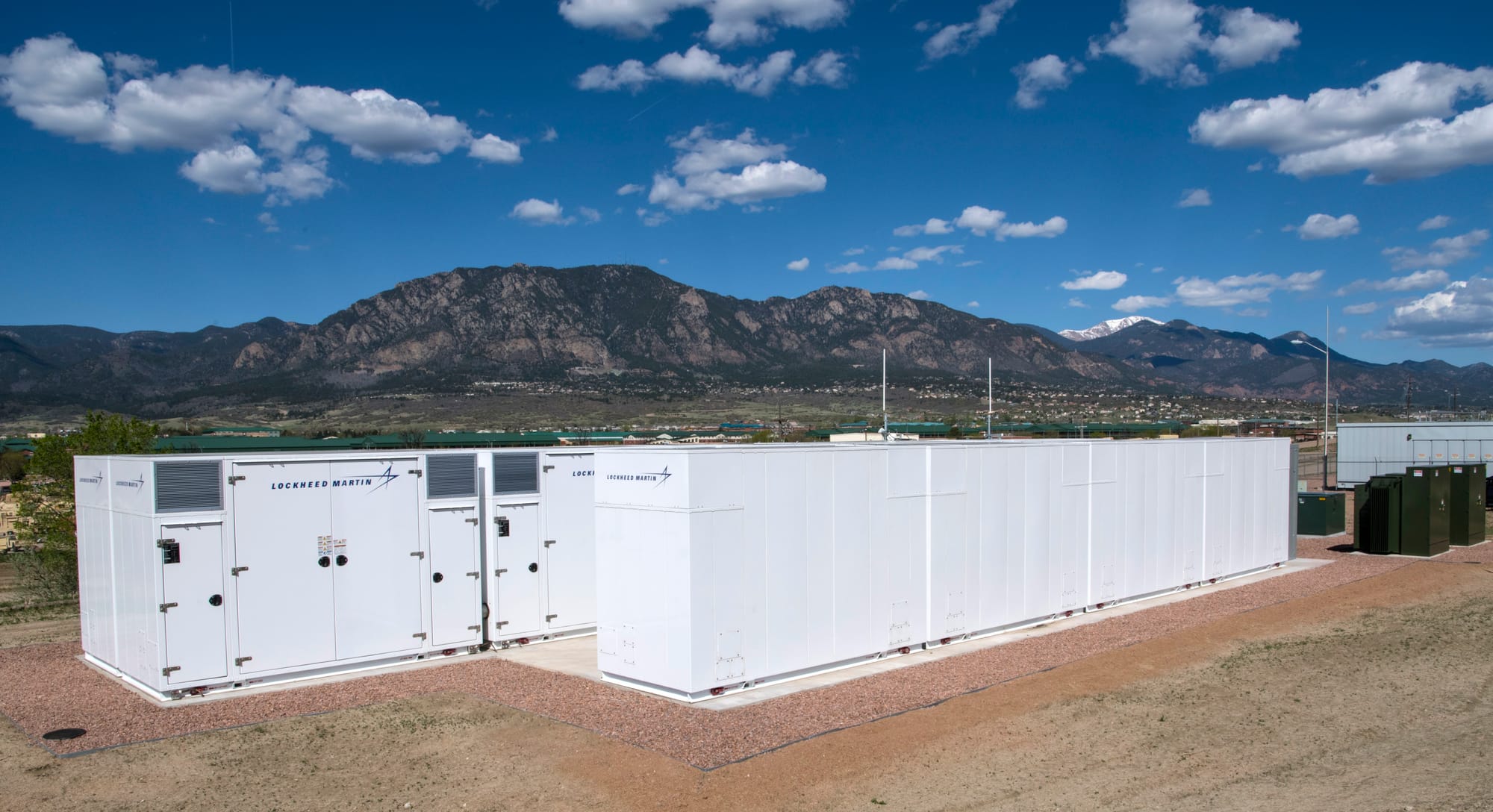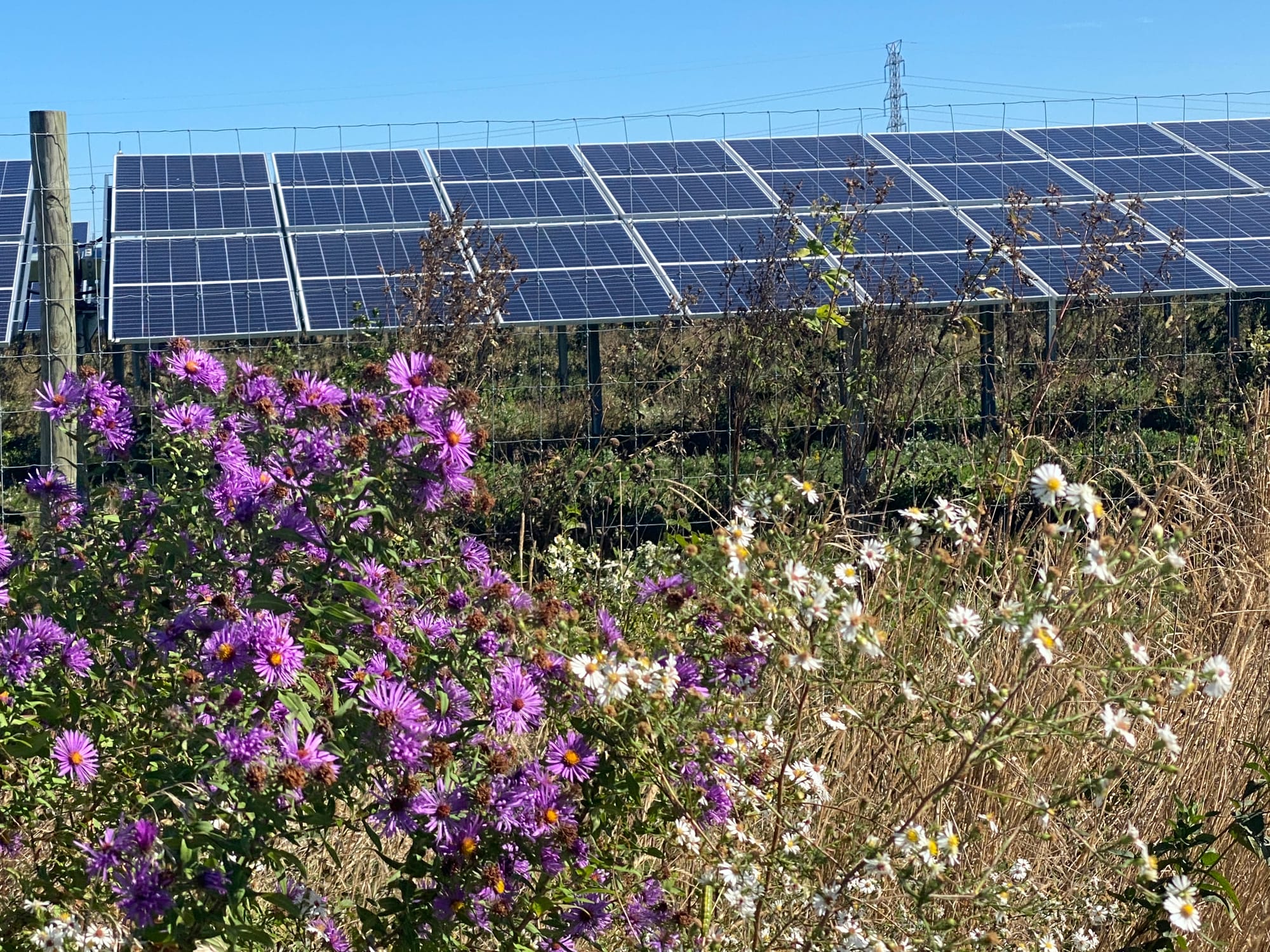As Congress slashes spending, will clean energy tax credits survive?
Solar boosters say repealing Inflation Reduction Act incentives could drive up electricity costs, stall manufacturing and slow climate progress.

Published by Renewable Energy World, Worth Magazine
The promise of 10 years of tax credits in the Inflation Reduction Act allowed rooftop solar company PosiGen to secure $100 million in investments for its company, increase its footprint from four to 15 states and triple its workforce to 750 people.
The credits also helped Enphase Energy, which produces inverters and batteries for rooftop solar systems, move most of its manufacturing from Mexico and Asia to the United States.
To date, more than 362 large scale clean energy projects totalling $132 billion have been announced since passage of the IRA, according to a tally by Manufacturing Dive. Electric vehicle, battery and solar manufacturing are the three top areas of investment.
But the IRA, considered the cornerstone of President Joe Biden’s efforts to fight climate change, has been a target of Republicans ever since it passed in 2022 — despite the fact the law overwhelmingly benefits GOP districts.
As Congress debates the fate of clean energy tax credits, multiple Trump priorities are crashing into one another. The Republican president's zeal to gut Biden's signature climate law could hamstring his other priorities, including boosting U.S. manufacturing, producing more energy and lowering costs for consumers.
Republican leaders of the Senate and House agreed this week to aim for $1.5 trillion in cuts to federal spending in the coming fiscal year.
The sheer size of the clean energy tax credits — which incentivize wind, solar, battery storage, nuclear and other no-emissions power sources — makes them a fat target for budget cutters. The conservative CATO Institute warns that IRA tax credits could cost taxpayers up to $2 trillion over the next 10 years — and the conservative Heritage Foundation’s Project 2025 calls for repealing the IRA altogether.
This week, the Solar Energy Industries Association held a clean energy manufacturing day on Capitol Hill. About 30 members from the manufacturing sector met with members of Congress to make their case about solar — the fastest growing source of new power generation in the United States.
“If those tax credits go away, then it’s going to be very hard for us to continue operating in the United States,” Andy Newbold, director of communications for Enphase, told Floodlight.

‘We shouldn’t slow that progress’
The rollback of tax credits and other incentives for clean energy and manufacturing in the IRA wouldn’t just hurt clean energy businesses — it would also cost consumers more and delay action on climate change, according to multiple analyses.
One analysis by the nonpartisan Resources for the Future finds that repealing two of the tax credits — a production tax credit and an investment tax credit — would increase household electricity rates by an average of up to 10%, or about $100 a year, by 2030.
Another study from the conservative environmental group ConservAmerica estimated that repealing the two tax credits would increase costs of electric generation by 14% as fewer cheaper renewable energy sources are developed.
Resources for the Future says repealing those credits also would increase carbon dioxide emissions by 2035 by up to 400 million metric tons a year, equivalent to the annual carbon emissions from 54 million homes.
“If you repeal the tax credits, what we see is less renewable generation and more fossil fuel generation,” said Aaron Bergman of Resources for the Future, adding that electricity prices will rise because renewable generation is cheaper.

“We’re trying to build American energy dominance, right?” Newbold said. “It would be unfortunate to, all of a sudden, take away all incentives for us to manufacture here in the United States.”
He added, “We are aligned aggressively with the administration right now that we should be manufacturing more products in the United States, and we're trying to build out and scale up that operation like we're actively doing it. We shouldn't slow down that progress.”
An ‘all-of-the-above solution’?
Renewable sources supply 21% of all electricity in the United States, according to the Energy Information Administration. The federal agency forecasts that solar and batteries will account for 81% of all new generation added to the grid in 2025.
Removing tax credits could mean that less electric generation is built at a time when data centers are driving a forecasted 15.8% increase in electricity demand by 2029.
“We need all the energy we can get,” Newbold said. “And guess what? Distributed solar (rooftop solar) and battery assets are by far the fastest technology that can be brought to market.”
Building natural gas plants takes years, he added, and development of small modular reactors — a cheaper and smaller scale way to generate nuclear power — is probably a decade away.
Solar ”is an all-of-the-above solution,” said Tom Neyhart, founder and executive chairman of PosiGen, who said he’s spent more time lately in Washington, D.C., than his home in New Orleans. “And we think when we talk about America's energy dominance — which is the big catch phrase right now — solar has to be part of it.”

Some in GOP push to save tax credits
Newbold said the clean energy lobby is optimistic.
“I’m not in a position to name names,” he said, adding there are Republican members who “see the value of American manufacturing and energy independence.”
In March, 21 Republicans, led by U.S. Rep. Andrew Garbarino, R-N.Y., sent a letter to the House Ways and Means committee urging that any changes to energy tax credits be done in a “targeted and pragmatic” fashion without “undoing” projects already underway. This week, Garbarino told Politico that even more Republicans have joined the push to save clean energy tax credits.
“As our conference works to make energy prices more affordable,” the lawmakers wrote, “tax reforms that would raise energy costs for hard working Americans would be contrary to this goal.”
In February, Republican House Speaker Mike Johnson of Louisiana told reporters he is looking to make changes to the IRA with “somewhere between a scalpel and a sledgehammer.”
“They could keep these tax credits,” said Bergman of Resources for the Future. “They could repeal them entirely. They could modify the tax credits in some ways. There are a lot of options out there that they could look into.”
Floodlight is a nonprofit newsroom that investigates the powers stalling climate action.


